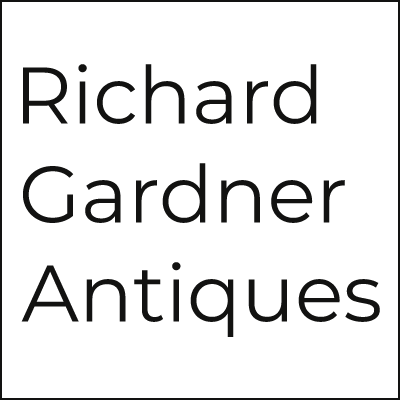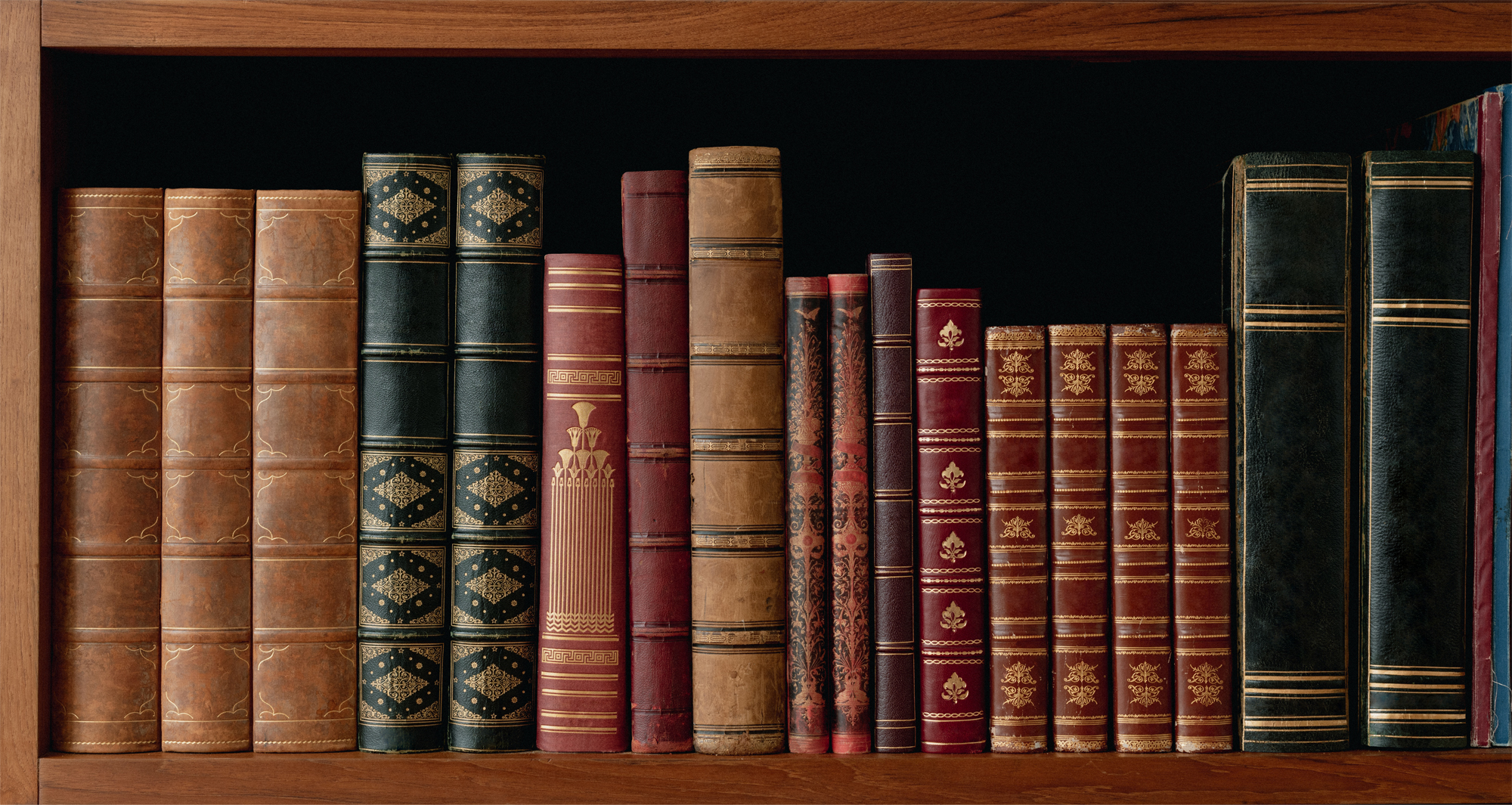Antique Staffordshire Figures
Victorian Staffordshire figures
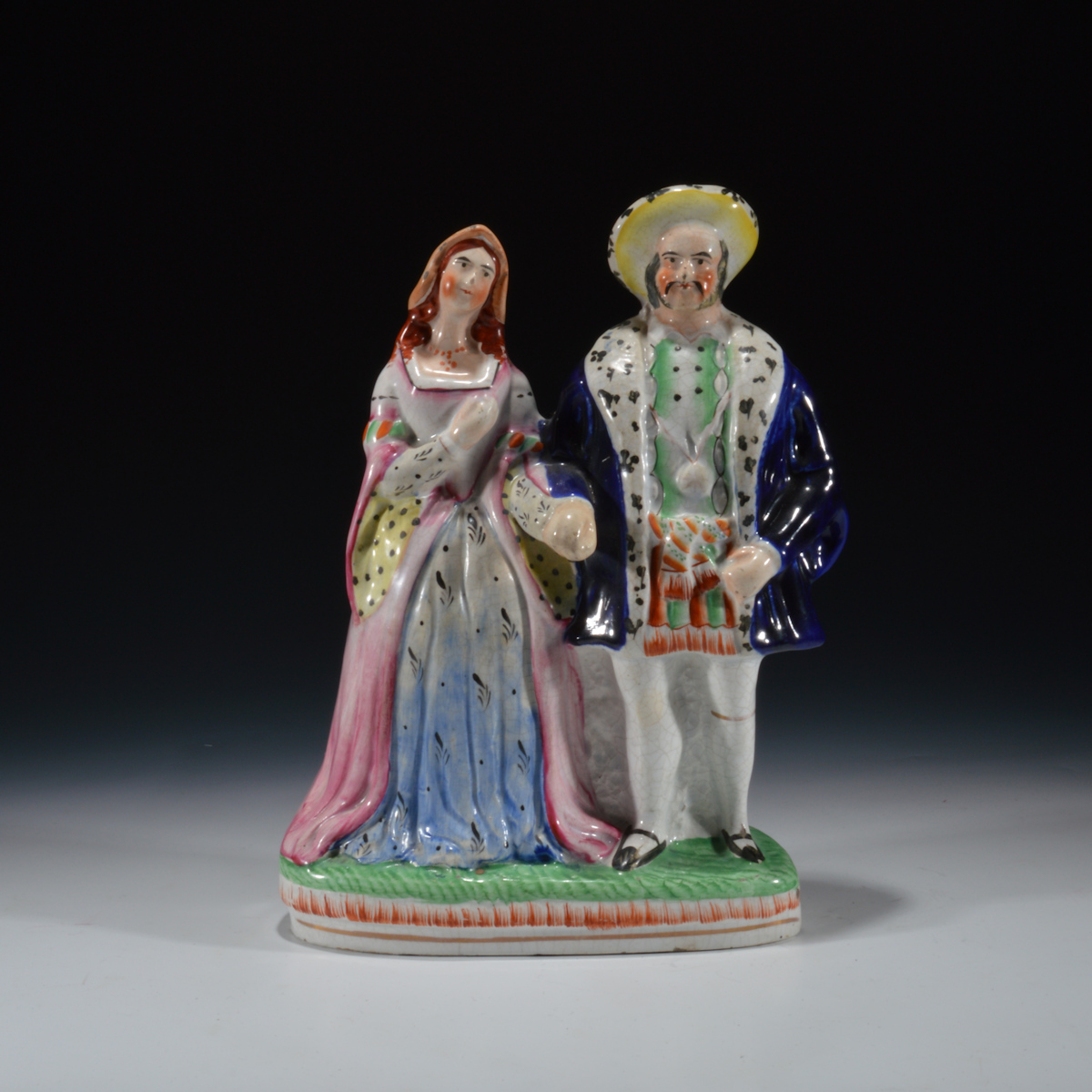 Despite the many successful auctions, books and many specialist fairs, there are still many who regard Victorian Staffordshire figures with an attitude bordering on contempt. This hostility I put down to ignorance. Victorian Staffordshire pottery is a wonderful art form and a very important part of our national heritage, for it records the interests of the nineteenth century working man.
Despite the many successful auctions, books and many specialist fairs, there are still many who regard Victorian Staffordshire figures with an attitude bordering on contempt. This hostility I put down to ignorance. Victorian Staffordshire pottery is a wonderful art form and a very important part of our national heritage, for it records the interests of the nineteenth century working man.
In Staffordshire during the middle of the last century there were many small pot banks churning out hundreds of different models, covering such themes as Royalty, Theatrical, Crimean, Political and Crime, to name but a few, and from beginning to end, each of the jobs being worked on by children as young as six years old. Their inspiration came from the drawings in the Illustrated London News, from music covers, theatrical posters and everyday events. We know this because we can trace he source of many of the figures. These models are important because they capture the interests of the poor man; the figures were made by the working class for the working class. They were intended to be cheap commemorative pieces that were sold on trays in the street, and were displayed on mantelpieces in many a humble home. Most are crudely made or brashly painted, in no way trying to copy the fine factories of Chelsea or Bow, and yet in their simplicity, many but not all are finely modelled, capturing the features and pose of their subjects.
In the 1840’s the figures were modelled in the round, that is to say that the back as well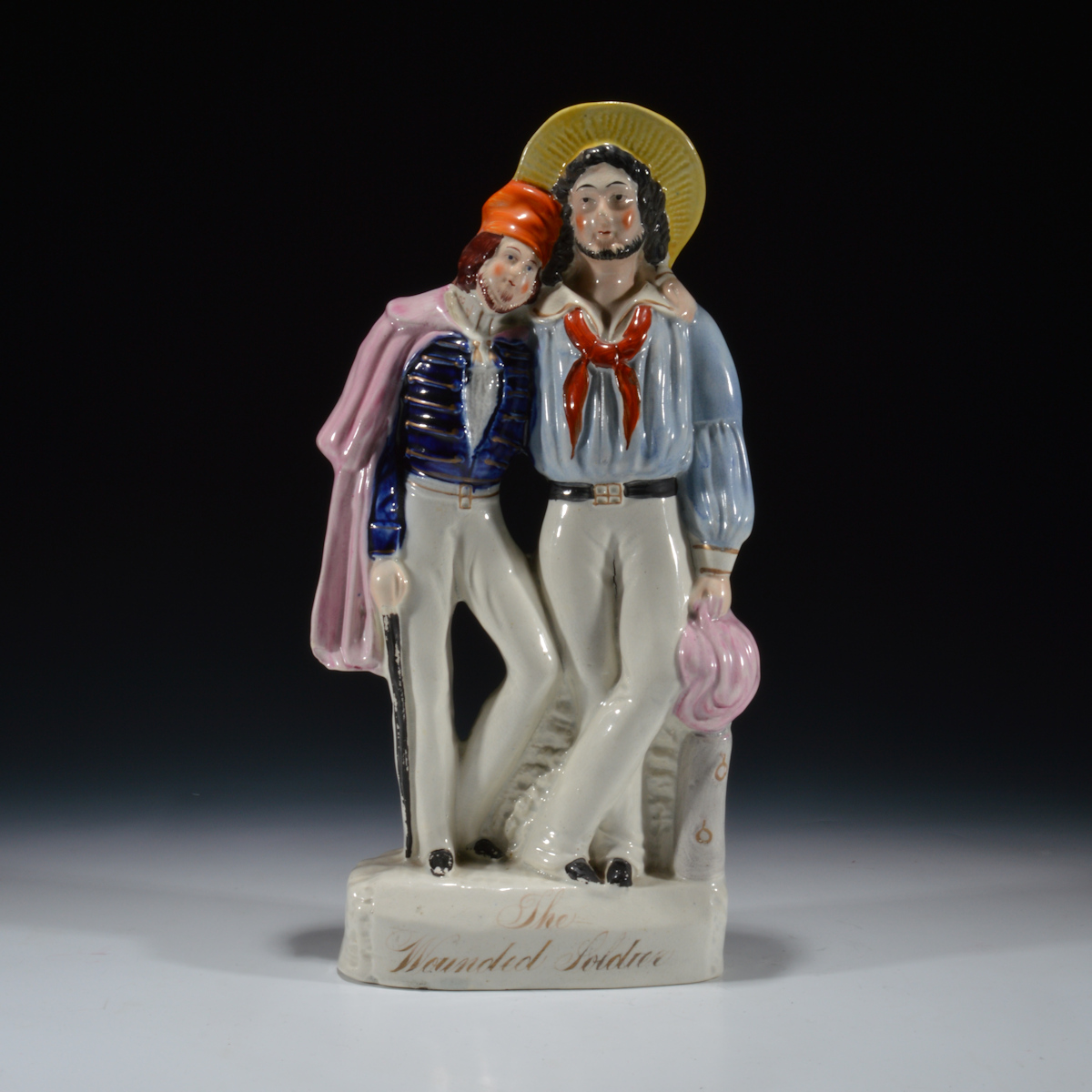 as the front of the figure was modelled. The most popular subject was Queen Victoria and her family, showing the pride the public felt for its Royal family. However, Royalty jostled with politicians such as Sir Robert Peel and criminals such as Frederick and Maria Manning, the mantelpiece having no regard for social status. How many people today would remember the wonderful and highly amusing story of the Titchbourne claimant, if he had not been captured by a Staffordshire potter? Arthur Orton a butcher from New South Wales, claimed that he was the twelfth baronet of Titchbourne and by invitation by Lady Titchbourne, who was convinced by his description that he was her long-lost son, came to England to claim the title. On arrival in England, Lady Titchbourne ‘recognised’ him and supported him in his suit for ejectment against the twelfth baronet who was a young boy. After a long trial, he was found guilty of perjury and sentenced to fourteen years hard labour, eventually admitting the imposture – supposedly exclaimed: “Some ‘as money and some ‘as brains; God made one lot for the benefit of the other”.
as the front of the figure was modelled. The most popular subject was Queen Victoria and her family, showing the pride the public felt for its Royal family. However, Royalty jostled with politicians such as Sir Robert Peel and criminals such as Frederick and Maria Manning, the mantelpiece having no regard for social status. How many people today would remember the wonderful and highly amusing story of the Titchbourne claimant, if he had not been captured by a Staffordshire potter? Arthur Orton a butcher from New South Wales, claimed that he was the twelfth baronet of Titchbourne and by invitation by Lady Titchbourne, who was convinced by his description that he was her long-lost son, came to England to claim the title. On arrival in England, Lady Titchbourne ‘recognised’ him and supported him in his suit for ejectment against the twelfth baronet who was a young boy. After a long trial, he was found guilty of perjury and sentenced to fourteen years hard labour, eventually admitting the imposture – supposedly exclaimed: “Some ‘as money and some ‘as brains; God made one lot for the benefit of the other”.
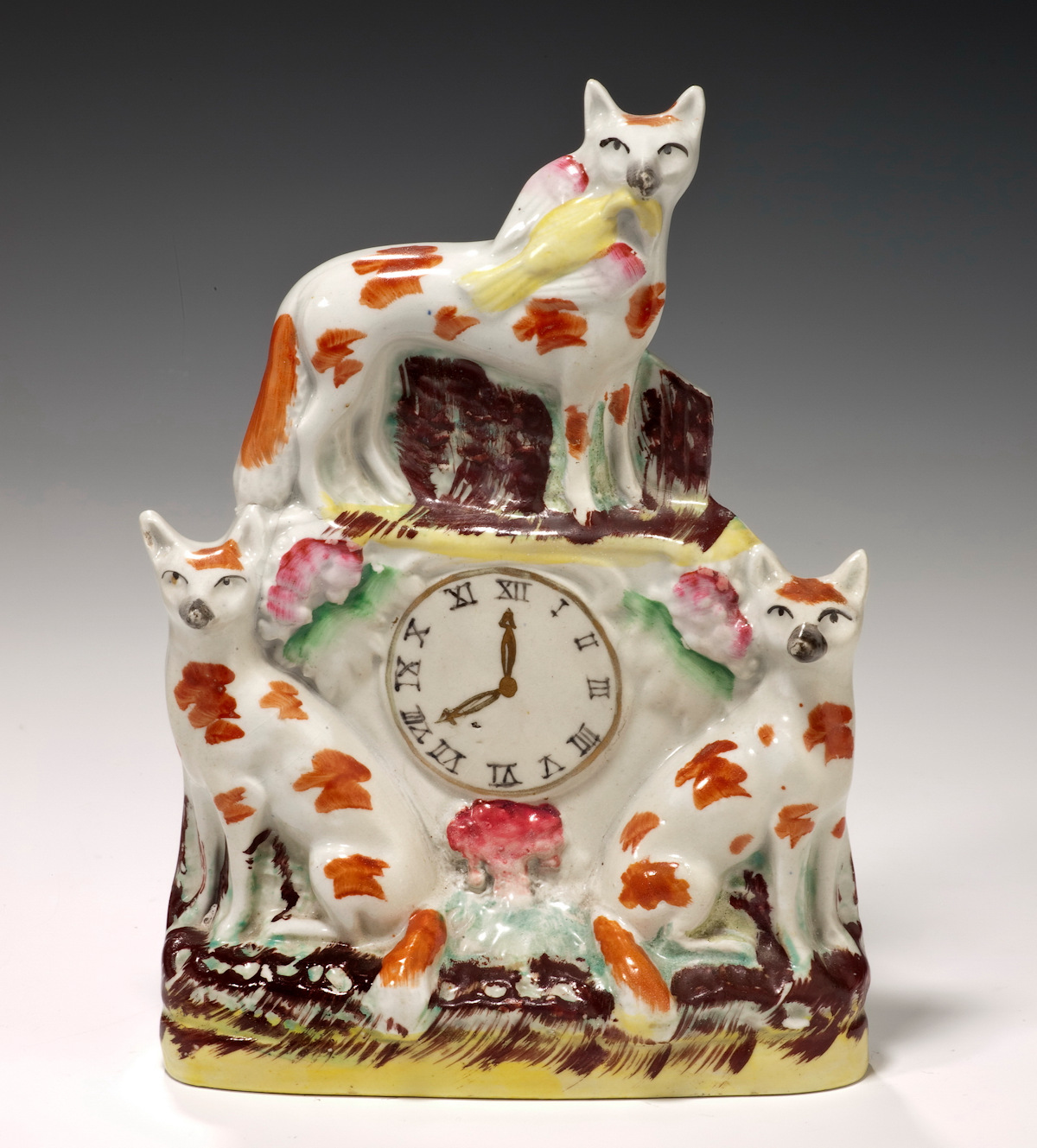 Animals were another popular subject with Staffordshire potters and today, over one hundred years later, who has not seen a pair of Spaniels, splashed with either iron-red, black or highlighted gilt? The animals have an important story to tell and underline an important aspect of the working class man. At first glance, a Staffordshire model of a zebra appears crudely pottered and only vaguely resembles that animal, yet the truth is that a majority of the potters and their families had never seen a zebra and could only guess from a poster what it would look like.
Animals were another popular subject with Staffordshire potters and today, over one hundred years later, who has not seen a pair of Spaniels, splashed with either iron-red, black or highlighted gilt? The animals have an important story to tell and underline an important aspect of the working class man. At first glance, a Staffordshire model of a zebra appears crudely pottered and only vaguely resembles that animal, yet the truth is that a majority of the potters and their families had never seen a zebra and could only guess from a poster what it would look like.
Towards the middle of the nineteenth century, the figure began to change, becoming ‘flat back’; this saved the potter time and money by leaving the backs of the figure unmodelled. As the figures were invariable displayed on mantelpieces, the backs were never seen.
The Crimean War inspired not only Florence Nightingale and Tennyson, but also the Staffordshire potter. Many portraits of Lord Raglan, the Duke of Cambridge, Omar Pacha and Abdul Medjid the Sultan of Turkey were produced, and yet more significant to our understanding of the nineteenth century working class man are the numerous models of the everyday soldiers – figures with heart-rendering titles such as ‘The Wounded Soldier‘, ‘The Sailor’s Return’, ‘Ready and Willing‘, ‘Brothers in Arms‘, and ‘The Soldier’s Farewell‘, evoking the feelings of everyday man.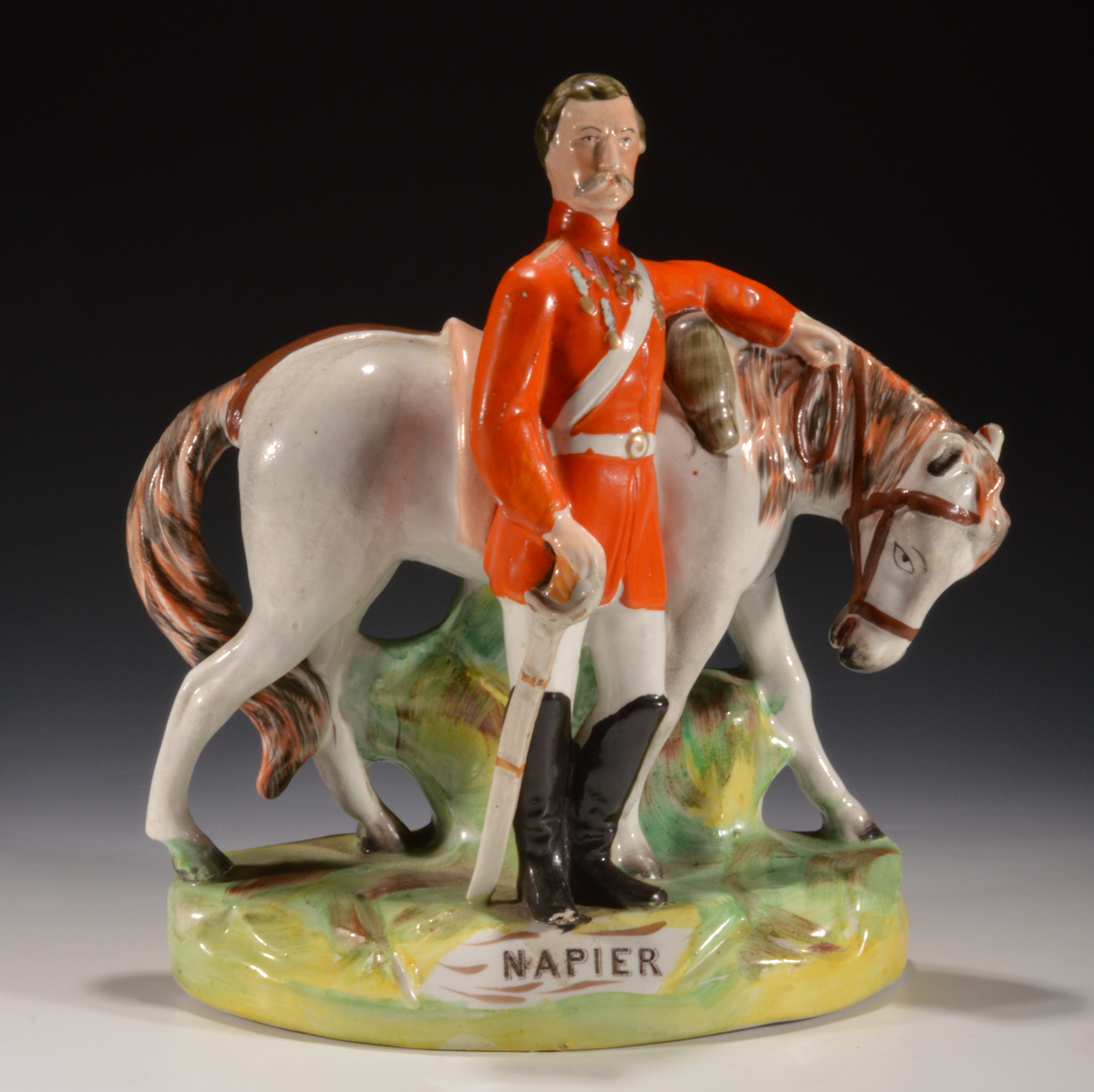
Of equal importance to our appreciation of this period of history is that the most popular and mass-produced Staffordshire portrait is that of Napoleon, a fact that never ceases to surprise me. Why was our foe of a previous generation so popular and modelled more often than even our own queen? He was obviously a charismatic leader and one that enflamed the passions of our people.
Religion was also of great importance to the Staffordshire potter; Many potters were Methodists and this is often reflected in the religious models that they produced. By far the most popular was that of Reverend Wesley and when you see the bust of him, you can almost hear the fire and brimstone of his sermons. His effect is similar to a portrait whose eyes never cease to follow you!
To those who have regarded Staffordshire as ungainly, brash or somewhat of an eyesaw, I hope that its naive beauty is now apparent and that it is regarded and respected as a potted history of the nineteenth century.
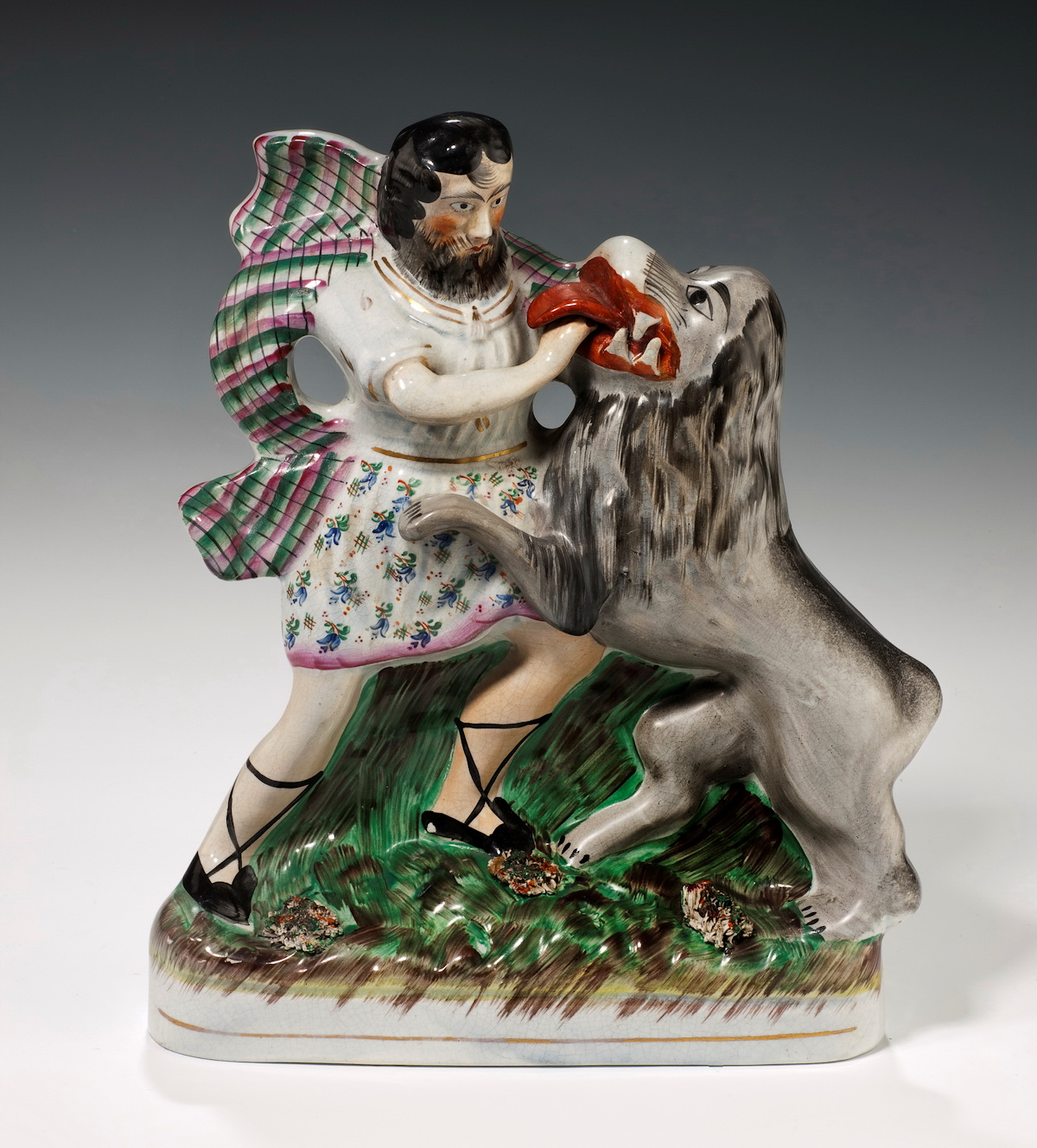 Further Reading
Further Reading
Staffordshire Portrait Figures of the Victorian Era – P.D. Gordon Pugh
The Tribal Art of England – Anthony Oliver
Staffordshire Portrait Figures of the Victorian Age – Thomas Balston
Article by Sara. J. Hales – Pages 8/9 issue 1, The Staffordshire Collectors Club.
To see a selection of antique Staffordshire figures for sale on the site, please click here
